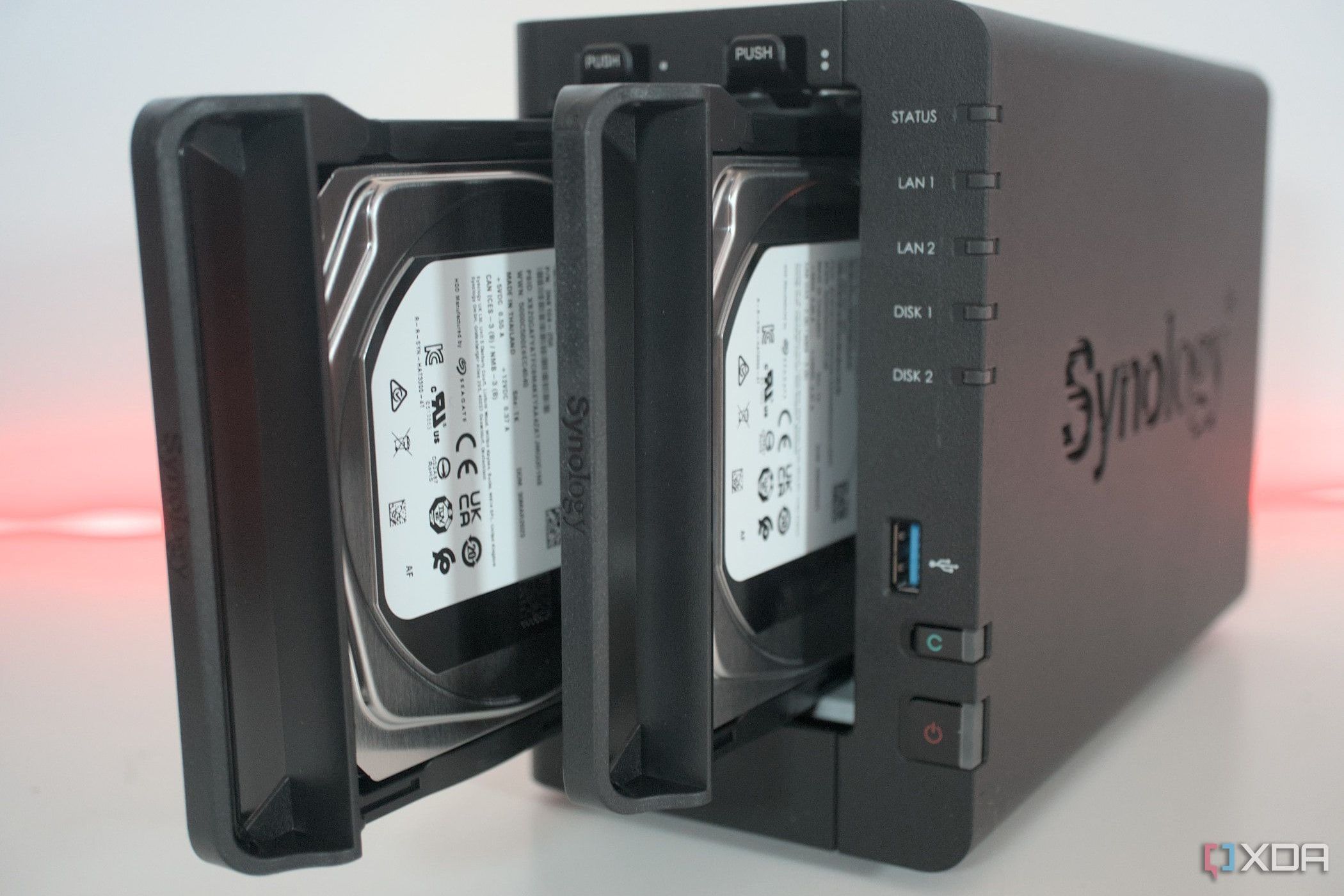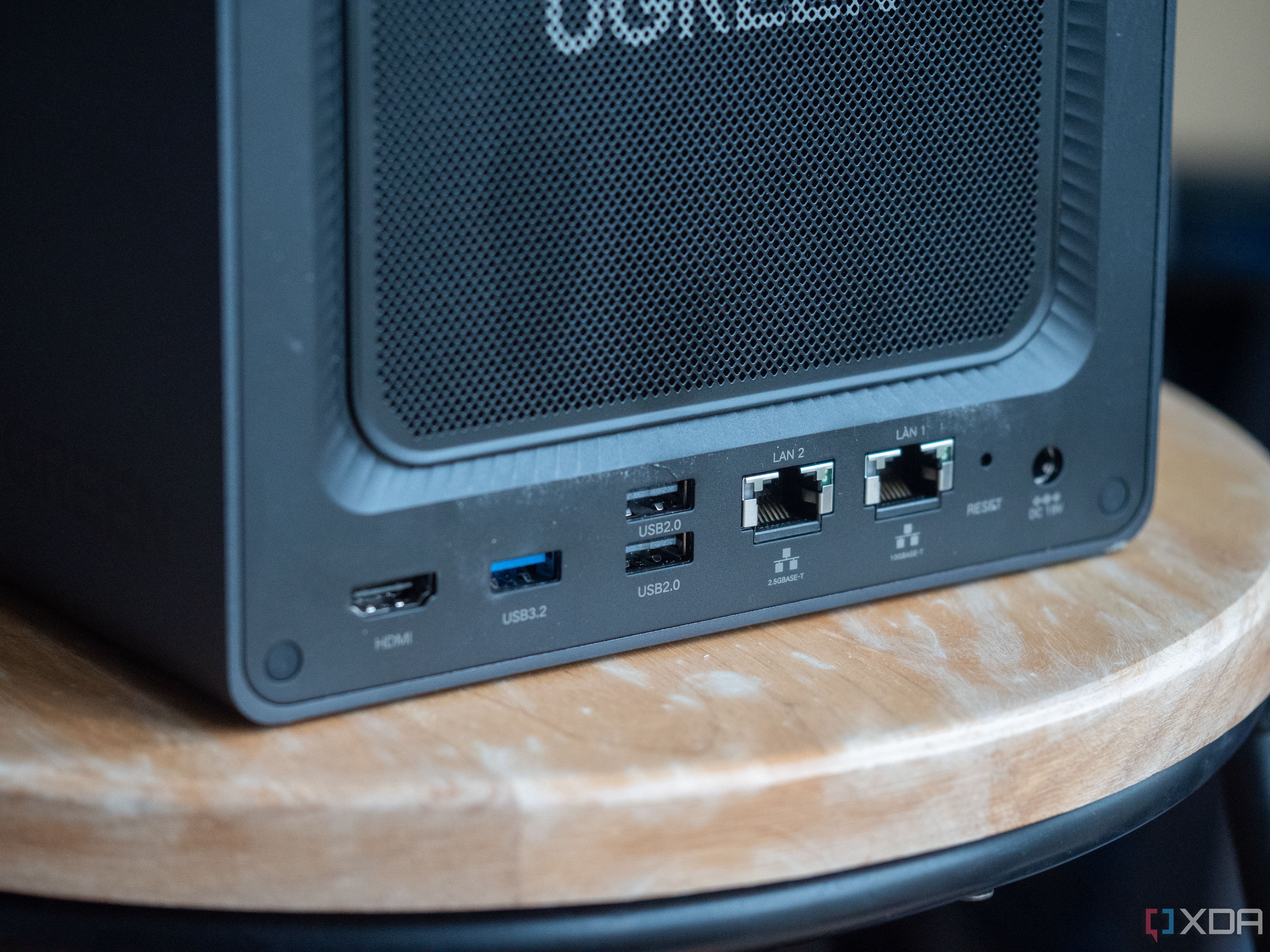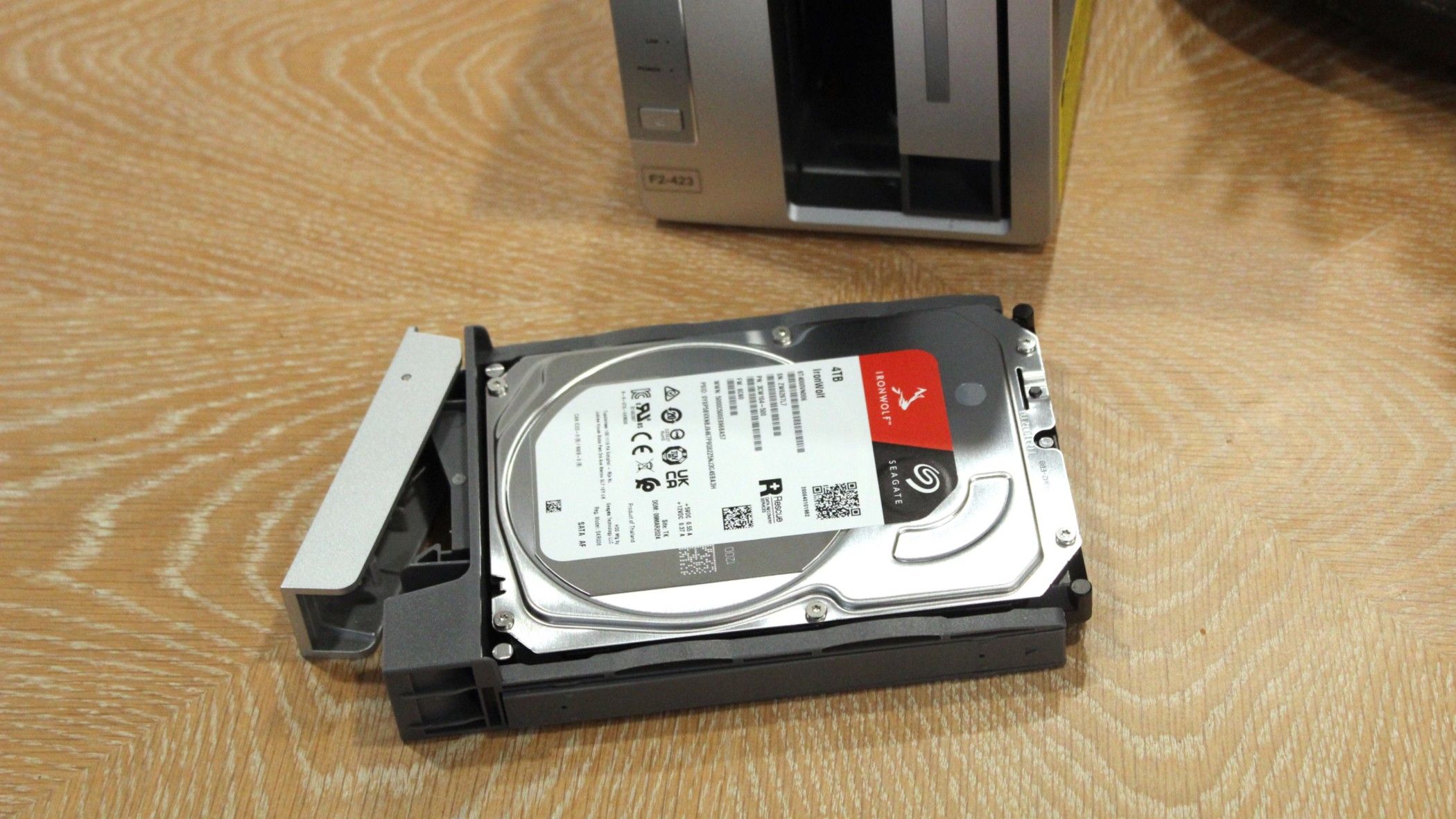Your NAS is a combination of numerous moving parts — both on the hardware and software sides — that come together to provide a seamless experience. Each of those parts could be what’s affecting the performance, and that means each one is also an opportunity for improvement. More than we often realize, a lot of tiny things we overlook can bring about a significant improvement with just a few minor tweaks.
Here are all the small upgrades that can help your NAS fly like it never has — not literally, of course, but figuratively, for sure!
6
Add more RAM
It’s a no-brainer, but crucial for smaller systems
Especially in home settings, smaller, entry-level NAS devices are the norm, and for good reason — they help minimize your initial investment while still getting you all the goodies of a NAS. But most budget models come with a common drawback that becomes obvious the moment you start to push them — their limited amount of RAM.
You’ll start running into snags and slowdowns if you have multiple apps open or run heavy tasks like virtual machines. Even if your NAS doesn’t have an additional RAM slot (which is common in cheaper models), you can usually replace the 2GB stick with the maximum capacity supported. 8GB is a sweet spot for most home setups, and you’ll instantly feel the difference: apps load quicker, and the system simply has more breathing room.
5
Upgrade the LAN port
All your devices will thank you for it
Your first choice should ideally be a NAS that has a LAN port faster than 1GbE. If your current device doesn’t have it, many models, such as those from Synology, allow you to upgrade the port using a first-party accessory. And if that’s not possible either, you can use the second gigabit port (if available) and enable link aggregation, making simultaneous access by multiple client devices much smoother.
Also, don’t overlook your Ethernet cables. Consider upgrading to shielded Cat 6 or Cat 6a cables, especially if your NAS is placed near other power lines or the cable runs for a long time around your house. Shielded cables are better at handling interference and ensure a more stable connection.

Related
5 reasons you should use link aggregation on your NAS
Both home users and businesses can benefit from it
4
Switch to a better file system
Or maybe just optimize your existing one
Legacy file systems like ext4 lack several modern features such as snapshotting, better data integrity checks, and built-in compression. While ZFS is considered the gold standard, it’s not natively supported by many pre-built NAS models, though it’s a fantastic option for DIY builds. Btrfs, on the other hand, is supported by brands like Synology and offers many of the benefits ext4 lacks.
Switching file systems does require wiping your drives clean, which may not be feasible for everyone. In that case, you can still optimize your ext4 setup with things like disabling journaling (do this only if you have a reliable backup system in place) for a small performance boost, defragmenting drives regularly. Besides this, consider moving performance-heavy workloads to a separate SSD pool formatted with Btrfs or ZFS.
3
Use faster drives for active workloads
When 7200 RPM and 5400 RPM matter
If your NAS handles basic tasks like backups or media archiving, 5400 RPM drives will do just fine. But for anything more demanding, 7200 RPM drives are the better choice. Ideally, you should consider this while buying new drives, but it’s never too late to upgrade.
Companies often position their 7200 RPM models in the higher-end category, which also gets them extra cache memory as a bonus, giving you a noticeable performance boost during large transfers. If your budget allows, going for an all-SSD setup is the ultimate upgrade to get blazing speeds and completely silent operation.

Related
7 things you must do to protect your NAS drives from failure
Simple yet effective ways to keep your data safe
2
Use SSD caching
But not without a UPS’s safety
Check your NAS for hidden M.2 NVMe slots — often found tucked along the sides or underside of the outer shell. These are typically for caching, which allows your NAS to use fast SSDs as temporary buffers. Your files transfer quickly to the cache, and the NAS gradually moves them to the main drives in the background, giving you the best of both worlds: speed and reliability.
SSD caching is one of the easiest ways to speed up your NAS (if your NAS supports it), but it does come with a catch. Because this cache is temporary, any sudden power loss, say, because of an outage, could result in data loss before it’s fully written to disk. That’s why you should always pair SSD caching with a UPS (uninterruptible power supply) to safeguard against such outages.
1
Add a dedicated SSD for apps
Get the best of SSDs and HDDs
SSDs are amazing for NAS performance, but they’re also expensive if you’re trying to use them across your entire storage pool. Meanwhile, traditional HDDs are great for big, sequential reads and writes (like media streaming), but they struggle with small, random I/O, which is exactly what apps, Docker containers, and VMs demand.
The solution is simple. Move your app workloads to a dedicated SSD. Many NAS platforms allow you to set up Docker volumes, VM disks, or app directories on a separate SSD, giving them access to the fast storage without interfering with your bulk storage.
This hybrid setup lets you enjoy SSD-level responsiveness where it counts, while still using spacious HDDs for media and backups. While speed is one benefit, this arrangement also reduces wear on both kinds of drives.
Why is your NAS feeling slow?
There could be dozens of reasons, from CPU bottlenecks to a misconfigured RAID setup. But if you’re not looking to make any major hardware changes, these minor upgrades can still go a long way in making your existing NAS feel much faster, more responsive, and better optimized for your daily use.

QNAP TS-464
QNAP’s TS-464 is an impressive four-bay NAS with a striking design, powerful internal specs, and IR support for a remote control. If you’re looking for the best-equipped NAS for running Plex (or other media solutions) without spending a small fortune, this is the NAS for you.














